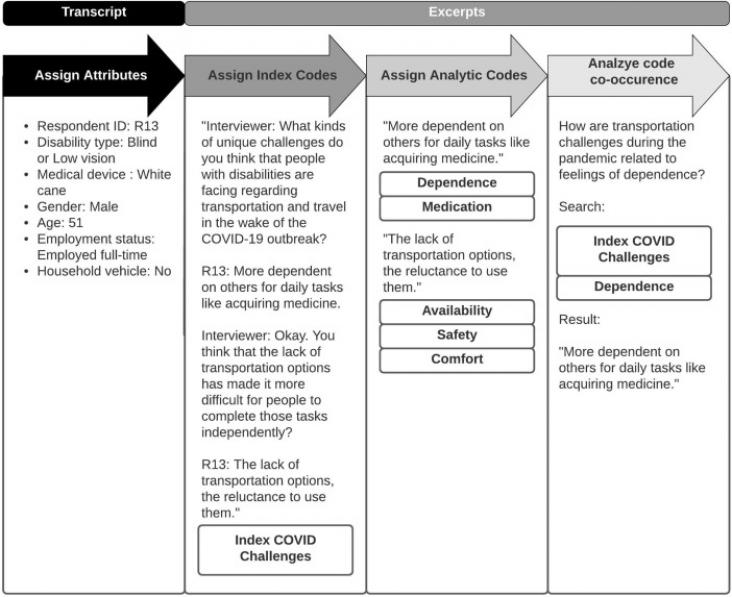The demand-supply balance of electricity systems is fundamentally linked to climate conditions.
Elsevier,
D. Sugawara, Chapter 10 - Lessons from the 2011 Tohoku-oki tsunami: implications for Paleotsunami research, Editor(s): Tsunemasa Shiki, Yoshinobu Tsuji, Teiji Yamazaki, Futoshi Nanayama, Tsunamiites (Second Edition), Elsevier, 2021, Pages 155-181, ISBN 9780128239391,
In response to the extensive loss of life and property caused by the Tohoku-oki tsunami, as well as the fact that geological precursor evidence has not been effectively used in disaster management programs, the importance of tsunami deposit research has gained significant attention with the expectation that it will provide reliable information on the recurrence interval and size of devastating tsunamis. This book chapter advances SDGs 11 and 15.

The greenhouse gas (GHG) emissions of the marine sector were around 2.6% of world GHG emissions in 2015 and are expected to increase 50%–250% to 2050 under a “business as usual” scenario, making the d
Elsevier,
Concepts of Advanced Zero Waste Tools, Present and Emerging Waste Management Practices, 2021, Pages 23-43
This book chapter addresses SDG 11 and 13 by explaining the Zero Waste Certification (ZWC) process and how it checks how organizations can carry out the reduction of nonhazardous waste and try to recycle. It is a long process that involves focusing both upstream processes and policies by implementing zero waste practices in the industries.
Deterioration of water quality due to economic development, climate change and other factors has become a challenge to human beings and the ecosystem.
Cities are wrestling with the practical challenges of transitioning urban water services to become water sensitive; capable of enhancing liveability, sustainability, resilience and productivity in the

This paper assesses the influence of land development patterns on intra-urban thermal variation in a densely-developed subtropical city, considering joint effect from greenspace pattern and built-up g

People with disabilities may be particularly vulnerable to the direct health effects of the COVID-19 pandemic as well as the wider impacts of the pandemic response.
This book chapter advances SDGs 6, 12 and 11 by analyzing research studies on water remediation within the framework of 12 principles of green chemistry, bibliometric features, and characteristics of related research papers.
This book chapter advances SDGs 15 and 11 by exploring a holistic approach to urban soil restoration which seeks to improve urban soils using integrated socioecological and landscape-scale approaches that embrace diverse outcomes including novel ecosystems and many sociocultural goals.
